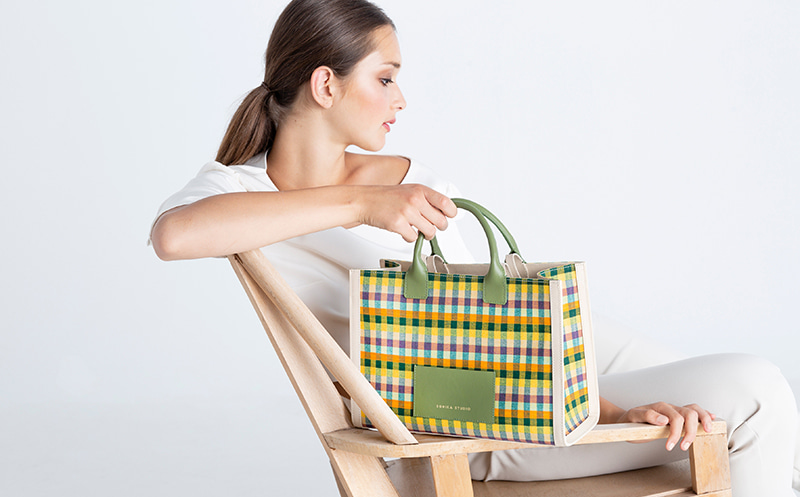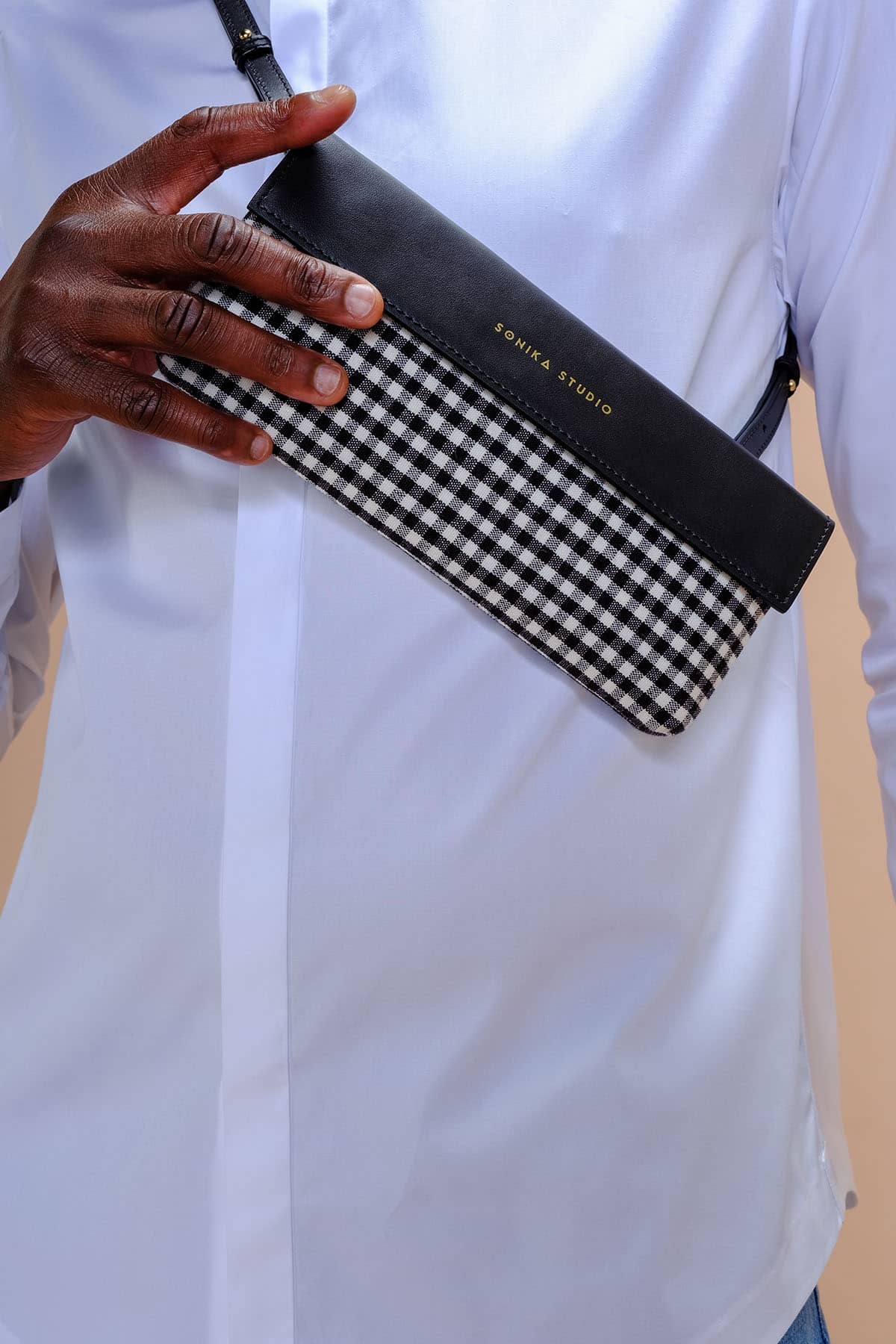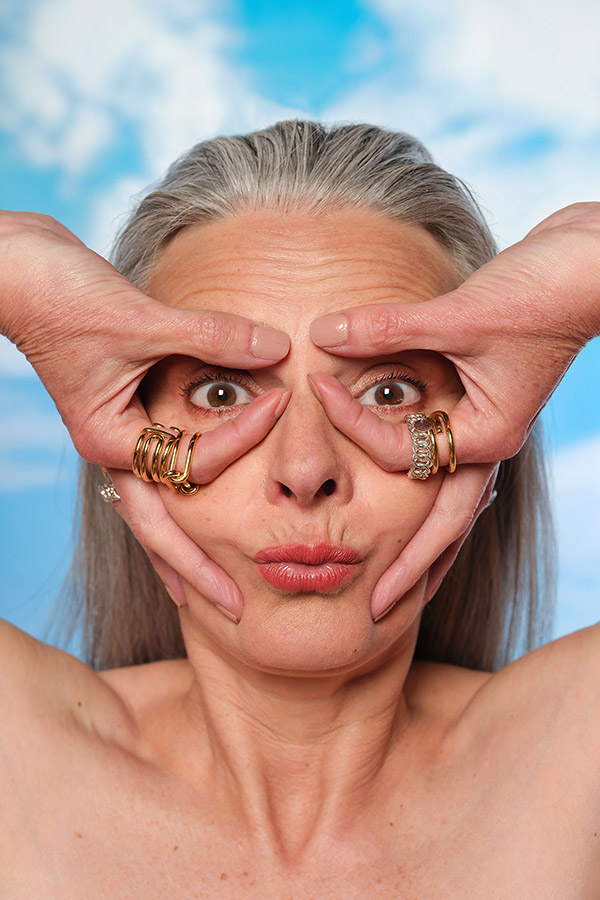
Interview Sonika Studio by Label AÉ Paris
Making sense in simplicity and utility : this is the secret of Sonika Studio leather goods creations. Through each of her creations, Sonia, the brand’s founder, pays tribute to the women around her as well as to the know-how of Cambodia (her country of heart) and Hungary (her country of origin). Through this journey through the ages, styles and borders, each of its pieces has a timeless essence with a contemporary design. Discover the story of this mompreneur, designer and creator through her confidences at Label AÉ
Can you introduce yourself in a few words ?
My name is Sonia, I am Hungarian and I have been living in Paris for 12 years now. I am passionate about the beautiful and the useful. I arrived in Paris with the Erasmus programm. I think this year of exchange made me grow a lot because Hungary is not so far but there are a lot of differences between the two countries. So I made a lot of progress during this year of study and I really enjoyed it. It was from there that I said to myself : “If I can stay, I will stay !” (laugh). Following this, I obtained a scholarship to do a specialized Master’s degree at the National School of Industrial Creation (ENSCI – Les Ateliers) in Paris. This is a fairly reputable design school so I was very happy to be able to access this training. Subsequently, events followed one another and I wanted to use my training as a designer in my brand called Sonika Studio.
I founded Sonika Studio in 2018, just before the pandemic. Afterwards there was a little break because I had a baby in the meantime and we went through the different confinements. I took over my project last summer with a trust funding campaign that worked very well. Thanks to this collection, I was able to start production and really launch my brand. So it’s very fresh and there are already a lot of things happening for us, we are very motivated to continue on this beautiful momentum ! I am very happy to have been able to take this journey.
Congratulations on your child !
Oh in the meantime, there was a second one too (laughs). I think that between the management of my children and the professional calls, I correspond perfectly to the register of mompreneur ! It is also a great source of inspiration for me.
Speaking of inspiration, what are your main sources of inspiration ?
Everything around me is a source of inspiration ! The collection is proof of that. Indeed, this collection is inspired by Krama which is a Cambodian fabric woven by hand with a traditional technique. I discovered this fabric thanks to my in-laws since my husband is of Cambodian origin. I was thus in direct contact with this culture thanks to his family and friends. It inspired me a lot since craftsmanship and everything that is handmade fascinate me. It’s something I want to highlight.
If not more aesthetically, I really like everything that is Bauhaus, Memphis design, fairly simple, refined, minimalist things that are inspired by primitive shapes like the round, the triangle or even the square. I draw a lot of inspiration from these simple lines. I like to mix this vision of design through which I always say to myself “less is more” with know-how that has a traditional, historical and ancestral dimension.
Did your Hungarian origins also affect your creativity ?
Yes, in the sense that I knew that Hungarian leather goods are very qualitative and mastered, although they are less known and recognized than French leather goods or Italian leather goods. It was therefore obvious for me to have my bags made in small workshops in Hungary, to showcase my country and its know-how.
You defend slow production combining fashion with a more responsible mode of consumption. Can you tell us more about your approach ?
My approach to reasoned consumption really comes into play at the very beginning of the design. I absolutely wanted to make pieces that are timeless and able to go through the seasons, that is to say that I can wear them today but also in 20 years without losing their freshness and style.
Then at the level of the choice of materials I am guided by this idea of choosing materials produced in the best conditions so that they are not harmful to our Earth. The quality also results from this choice since I want to create something that can last.
Finally, at the manufacturing level, I favor small series according to demand rather than large series production. This approach is also an interesting opportunity for a small brand to listen to the customer and collect feedback. It allows you to be rather agile at this level and it is this vision that I favor. I’m not looking to sell in large quantities to make a lot of money. I prefer to have happy customers, with bags that they can use in their everyday life !
Do you have a favorite piece? If yes, which one and why ?
I love them all for different reasons ! Especially since I test them all to have this experience of use. But if I had to choose a favorite piece, it would be the tiny Sokaya because it’s my daughter’s middle name. It’s the smallest piece in the collection, so I naturally named it after my granddaughter. Moreover all the bags are named after the people who inspired the bag in use or in style. The names are Cambodian first names. It was in my in-laws or in my friends that I saw a typology of women and that I said to myself: “Ah, this guy would be perfect for her!”. That’s how the design began.

How is the creative process from drawing to finished product ?
It always starts in the head. The collection was really special with the Krama which inspired me a lot. Then I think of one of my relatives who embodies a certain type of woman. Then I draw according to everything I like, namely clean and simplistic shapes. I therefore necessarily design bags in this sense. I also pay particular attention to the use from the start since the purpose of the bag is to accompany us on a daily basis and to be useful to us. I sometimes make a 3D model of these bags to see the proportions and sizes in order to validate the volume and the use.
Then with this file where I defined the sizes, the design and the materials, I go to see my workshop in Hungary and we discuss together the different technical possibilities for making the bags. Afterwards, I receive the first prototypes and I then make the potential adjustments. I often confront this prototype with potential customers to collect their feedback. Of course, I don’t listen to all the feedback because each person has a different vision, but if there is feedback that comes up a lot, I can readjust the bag by adding a button or a pocket for more functionality, for example. With all these adjustments I create the bag is ready to be produced in larger quantities.
What do you think is timeless fashion ?
It’s a style that can be valid 20 years ago, today and 20 years from now. It is this aspect of timelessness that I wanted to integrate into the design.
It is simply something that we are able to wear today, in 20 years or 20 years ago. It’s a piece that will always be something that will match a style of dress and work well without having to put a label on it like “Oh that’s too 80s”, you know ? These are pieces that naturally make sense over the decades.
Timeless fashion is also the crossroads of cultures and eras. The use of traditional Krama fabric mixed with contemporary design represents for me this timelessness.
Why did you choose the AÉ Label to represent your brand ?
It was a chance encounter, but I immediately appreciated the way brands are selected at Label AÉ. I find that there is a desire to select brands that have real meaning rather than a large number of brands. Besides, I really liked this presentation of the trip. The notion of travel fits very well with my personal history with Cambodia. For these different reasons, joining the Label AÉ and its creators makes sense for my brand.
